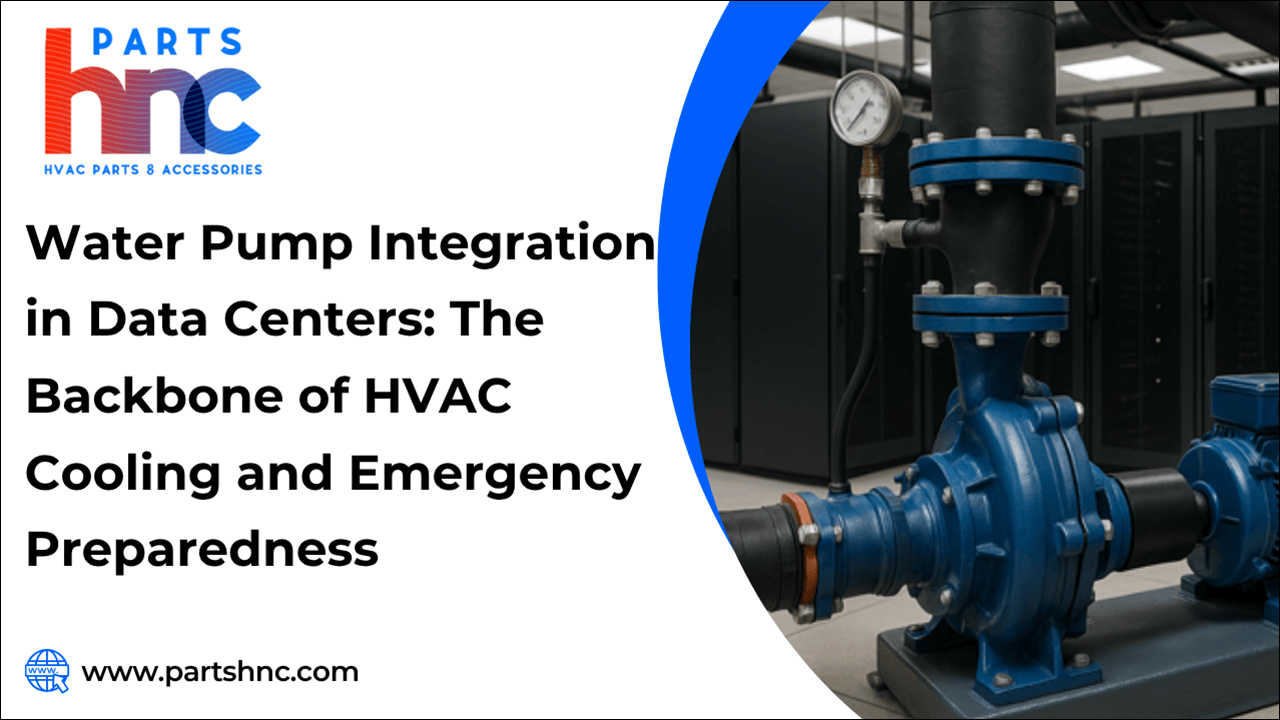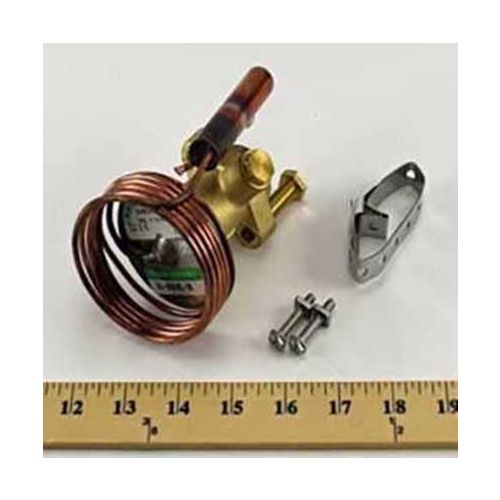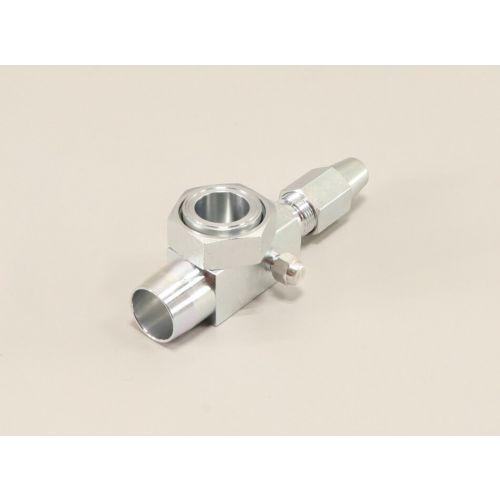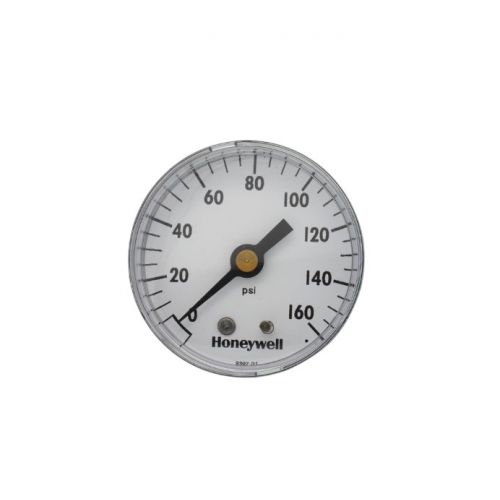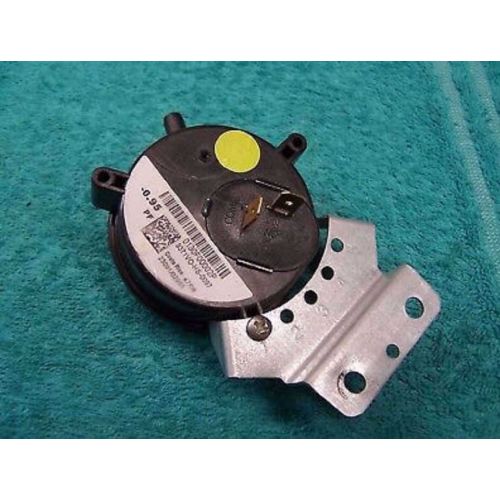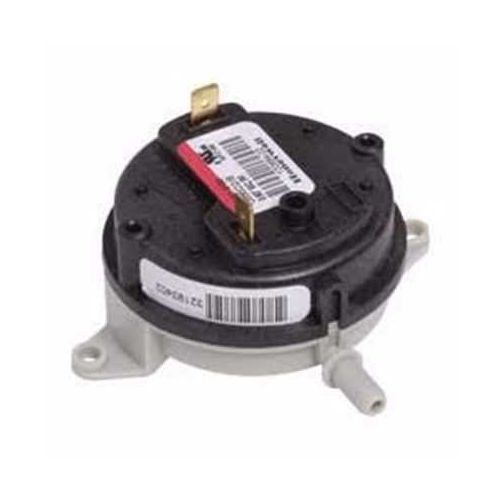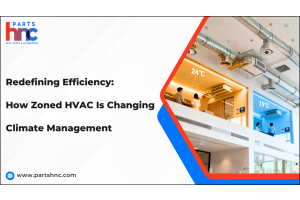Water Pump Integration in Data Centers: The Backbone of HVAC Cooling and Emergency Preparedness
Data centers are the backbone of today’s digital infrastructure, housing critical servers and networking equipment that generate immense heat during operation. Keeping these facilities cool and protected from emergencies is essential to prevent costly downtime and hardware damage. Central to this mission is the integration of water pumps within the HVAC systems, which circulate chilled water to regulate temperature effectively. Beyond cooling, water pumps also play a crucial role in emergency preparedness by powering fire suppression and flood control systems. As energy efficiency and system reliability become top priorities, understanding the importance of water pump integration in data centers is vital for maintaining seamless operations. This article dives into how these pumps support cooling performance and safeguard data centers against unexpected risks.
Understanding the Importance of Water Pumps in Data Centers
Water pumps play a crucial role in the efficient operation and safety of data centers. These facilities house sensitive electronic equipment that generates significant heat, making effective cooling systems indispensable. Water pumps are the backbone of these cooling systems, circulating chilled water to maintain optimal temperatures and prevent overheating.
Key reasons why water pumps are vital in data centers include:
-
Efficient Heat Removal: Water pumps circulate chilled water through cooling coils, absorbing heat from servers and other equipment to maintain stable temperatures.
-
Energy Efficiency: Modern pumps, especially those equipped with variable frequency drives (VFDs), adjust their speed in response to demand, thereby reducing energy consumption and operational costs.
-
Reliability and Redundancy: Data centers require continuous cooling. Water pumps are often configured with backup units (N+1 or 2N redundancy) to ensure uninterrupted operation even if one pump fails.
-
Integration with Emergency Systems: Water pumps support fire suppression systems by delivering water quickly and reliably during emergencies.
-
System Longevity: Proper cooling helps extend the lifespan of hardware by preventing thermal stress and reducing the likelihood of premature failure.
In summary, water pumps are not just components of HVAC systems, as they are essential to maintaining the stability, safety, and efficiency of data centers.
Check our article on what are the most important parts of your HVAC systems to find how each component plays a key role in system reliability, performance, and efficiency.
How Water Pumps Support HVAC Cooling Systems in Data Centers
Water pumps are critical for ensuring the HVAC cooling systems in data centers function seamlessly and efficiently. Their role extends beyond simply moving water they actively contribute to system stability, safety, and responsiveness.
Key ways water pumps support HVAC cooling include:
-
Facilitating Heat Transfer Efficiency: Pumps enable the continuous movement of water through heat exchangers, which improves heat absorption and dissipation cycles essential for maintaining stable cooling.
-
Supporting Zoned Cooling: By directing water flow to specific zones or racks, pumps help target cooling where it’s most needed, optimizing resource use and protecting high-density equipment.
-
Reducing System Downtime: Water pumps equipped with smart sensors can detect irregularities like flow drops or pressure changes, triggering alarms or automatic adjustments to prevent system failure.
-
Enabling Rapid Cooling Response: Pumps quickly adjust water flow rates during spikes in data center workload, ensuring that increased heat output is countered immediately to avoid overheating.
-
Contributing to Noise Reduction: Efficient pump operation minimizes vibrations and noise, creating a quieter environment critical for staff comfort and sensitive equipment.
Through these functions, water pumps act as active enablers of precise, adaptable, and reliable HVAC cooling in modern data centers.
Integration of Water Pumps: Enhancing Cooling Performance and System Reliability
Integrating water pumps effectively within data center cooling systems is vital to maximizing cooling efficiency and ensuring consistent system uptime. Proper integration involves seamless coordination between pumps, sensors, control units, and other HVAC components to create a resilient and responsive cooling infrastructure.
Key benefits of water pump integration include:
-
Optimized Hydraulic Balance: Integration allows for precise control of water flow distribution, preventing pressure imbalances that can reduce cooling effectiveness and cause system strain.
-
Improved Energy Management: Connected pump systems can leverage real-time data to optimize operation schedules, reducing unnecessary run times and lowering electricity costs.
-
Enhanced Predictive Maintenance: Integrated monitoring systems track pump performance indicators such as vibration, temperature, and flow rate, enabling early detection of potential failures before they escalate.
-
Faster Fault Response: When integrated with centralized control platforms, water pumps can automatically adjust or shut down to protect equipment during system anomalies or emergency conditions.
-
Scalability and Flexibility: Well-integrated pumps can easily adapt to changes in data center load or cooling demands, supporting future expansion without major overhauls.
-
Reduced Wear and Tear: Coordinated pump operation reduces mechanical stress, extending pump lifespan and minimizing maintenance disruptions.
In summary, the integration of water pumps is a strategic investment that enhances cooling precision, boosts energy efficiency, and significantly improves system reliability in data centers.
Emergency Preparedness: Water Pumps as a Critical Component
In data centers, emergency preparedness is essential to protect critical infrastructure from unexpected events like fires, floods, or system failures. Water pumps play a pivotal role in these emergency response strategies by ensuring rapid, reliable action when seconds count.
Here’s how water pumps contribute to emergency preparedness in data centers:
-
Fire Suppression Systems: Water pumps deliver high-pressure water to sprinkler and mist systems, enabling swift fire containment and minimizing damage to equipment.
-
Backup Power Integration: Emergency water pumps are often paired with backup generators or uninterruptible power supplies (UPS) to function during power outages, maintaining vital fire suppression and cooling capabilities.
-
Flood Mitigation: Pumps can be configured to activate automatically in response to leak or flood sensors, draining water away from sensitive areas to prevent water damage.
-
System Redundancy: Multiple pumps installed in redundant configurations (e.g., N+1) guarantee continuous operation even if one pump fails during a crisis.
-
Regular Testing & Drills: Routine pump testing ensures readiness and compliance with safety standards, reducing the risk of pump failure during an actual emergency.
-
Remote Monitoring: Integration with facility management systems allows real-time monitoring and remote control, facilitating rapid response and coordination during incidents.
By serving as a reliable backbone for fire suppression and flood control, water pumps significantly enhance a data center’s emergency preparedness and resilience.
Benefits of Effective Water Pump Integration in Data Centers
Effective water pump integration in data centers offers far-reaching advantages that go beyond basic cooling. When pumps are strategically selected, installed, and connected with the broader infrastructure, they enhance operational efficiency, system resilience, and long-term cost savings.
Key benefits include:
-
Consistent Thermal Performance: Integrated pumps ensure even water distribution across all cooling zones, preventing hotspots and improving temperature stability.
-
Lower Operating Costs: Smart integration with variable speed drives and control systems allows pumps to run only as needed, reducing energy use and utility expenses.
Extended Equipment Lifespan: Stable cooling supported by efficient pump systems protects servers and hardware from thermal stress, increasing their operational life. -
Streamlined Infrastructure Management: When pumps are integrated with building management or DCIM systems, facilities teams gain centralized visibility and control over performance.
-
Rapid Scalability: Modular pump configurations allow for quick adjustments or expansions as data center demands grow, without major infrastructure changes.
-
Improved Sustainability: Efficient pump systems contribute to lower carbon emissions and support green building certifications like LEED or ENERGY STAR
-
Enhanced Safety Compliance: Integrated systems with built-in alerts and automation help ensure compliance with industry standards and reduce risk during emergencies.
Effective water pump integration is essential for building high-performing, scalable, and sustainable data center environments.
Best Practices for Water Pump Integration in Data Centers
Efficient water pump integration ensures reliable cooling, improved energy efficiency, and enhanced emergency readiness in data centers. Follow these best practices to maximize performance:
-
Use High-Quality Pumps: Invest in reliable, industrial-grade pumps designed for continuous operation in demanding environments.
-
Implement Redundancy: Design the pump system with multiple units and backup power sources to prevent single points of failure.
-
Adopt Smart Controls: Leverage IoT sensors and DCIM software for real-time performance tracking and automated adjustments.
-
Regular Maintenance: Schedule preventive maintenance using predictive analytics to detect wear and prevent breakdowns.
-
Design for Scalability: Choose modular systems that can easily expand with future cooling demands.
-
Coordinate with Fire Safety: Integrate pumps with fire suppression systems for comprehensive emergency response.
Check out our article on mitigating hazards: best practices in HVAC safety standards to learn how proper safety protocols and system integration can prevent risks and improve operational efficiency.
Final Thoughts
Water pump integration stands as a foundational element in the design and operation of modern data centers. Acting as the core of efficient HVAC cooling and emergency systems, these pumps ensure stable temperature control, support critical fire safety measures, and enable intelligent monitoring for optimal performance. As data centers grow in scale and complexity, adopting high-quality, integrated pump solutions will be key to maintaining uptime, enhancing energy efficiency, and achieving long-term resilience and sustainability.
Looking for reliable water pump parts to keep your data center’s cooling systems running smoothly? PartsHnC offers essential components like the submersible pump, booster pump, and inline pump from top brands such as Grundfos, Armstrong, and Raypak.
FAQs
What is the main purpose of the water pump in the cooling system?
The main purpose of the water pump is to circulate coolant throughout the cooling system to absorb and dissipate heat. It helps maintain a stable engine or equipment temperature by preventing overheating.
What part of the cooling system is the water pump most often driven by?
The water pump is most often driven by the engine's crankshaft via a belt, chain, or gear. This ensures it operates in sync with engine speed and cooling demands.
What are the three main functions of a water pump?
A water pump circulates coolant, maintains consistent pressure, and supports heat transfer to prevent overheating. These functions ensure efficient temperature control and protect system components from thermal damage.


